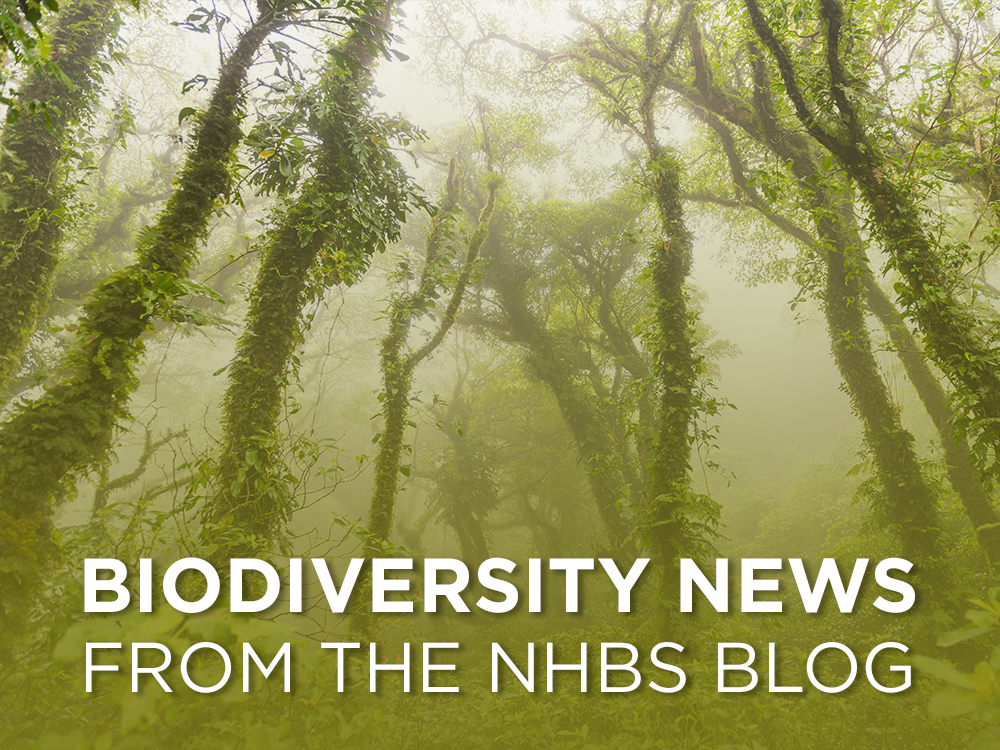Tree surgeons in Barcombe save endangered bird’s habitat. The company tasked with trimming treetops at Barcombe’s disused railway station in East Sussex worked with Barcombe Community Wildlife Group to help maintain the important breeding ground for endangered nightingales. The tree surgeons enhanced the habitat for nightingales and the insects they feed upon along the 33,000-volt 3km route, while still maintaining the power network. The trees and surrounding vegetation were recycled into woodchip mulch to use in the soil, and wood stacks were also made for the area to encourage wildlife.
Grey wolves have had their federal protections restored across much of the US. In 2020, the U.S Fish and Wildlife Service (USFWS) decided to delist wolves from the Endangered Species Act. However, it was suggested by wolf advocates that the USFWS failed to show that wolf populations could be sustainably managed by states in the Midwest and parts of the West without federal protection. A US District Judge stated that the USFWS had not considered species-wide recovery and instead focused on individual recovered populations, such as in the Northern Rockies. Thus, he ruled to immediately restore federal protection to wolves in the Midwest and parts of the West.
Paignton Zoo is freezing the DNA of endangered animals in hopes to save them from extinction. In a project called “Noah’s Ark of DNA”, the zoo has frozen samples from 82 species, including mouse deer, Humboldt penguins and panther chameleons, with the aim of collecting samples from hundreds of the world’s 40,000 endangered species. This is one of several DNA preservation projects in the UK, acting as a potential safeguard for many species.
A study has found that air pollution makes it tough for pollinators to stop and smell the flowers. Researchers have found that common, ground-level air pollutants react with floral scents, leading to reduced pollination. The presence of nitrogen oxides and ozone resulted in up to 90% fewer flower visits, as well as one-third less pollination than in a smog-free field. The concentrations of pollutants used in the study were less than half the average levels of air pollutants considered safe under US law.

